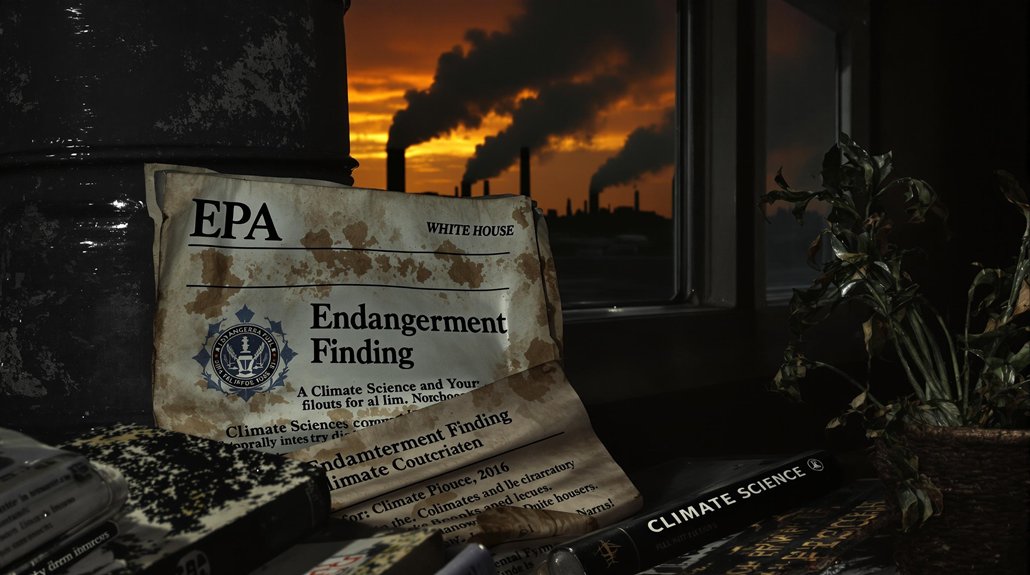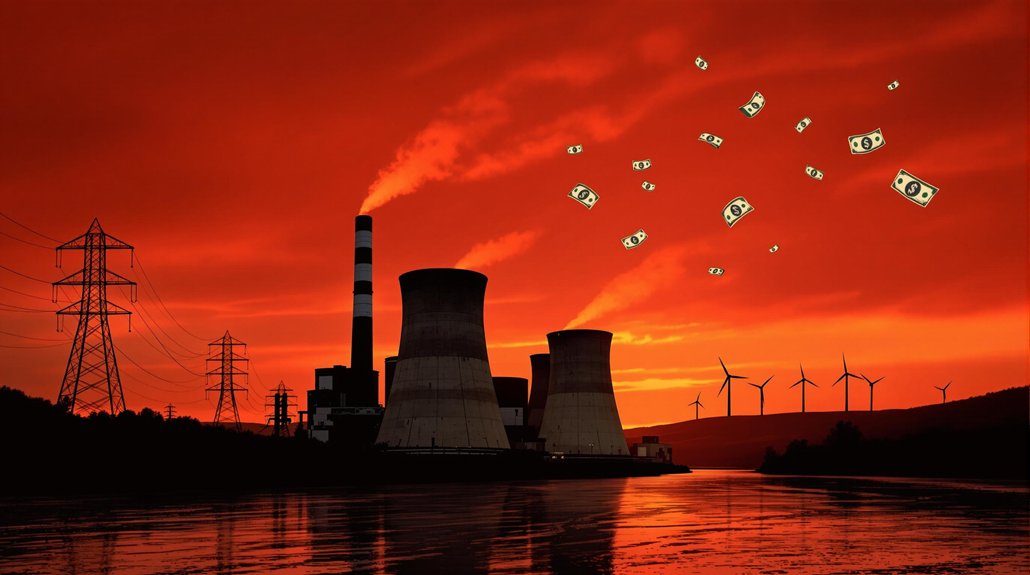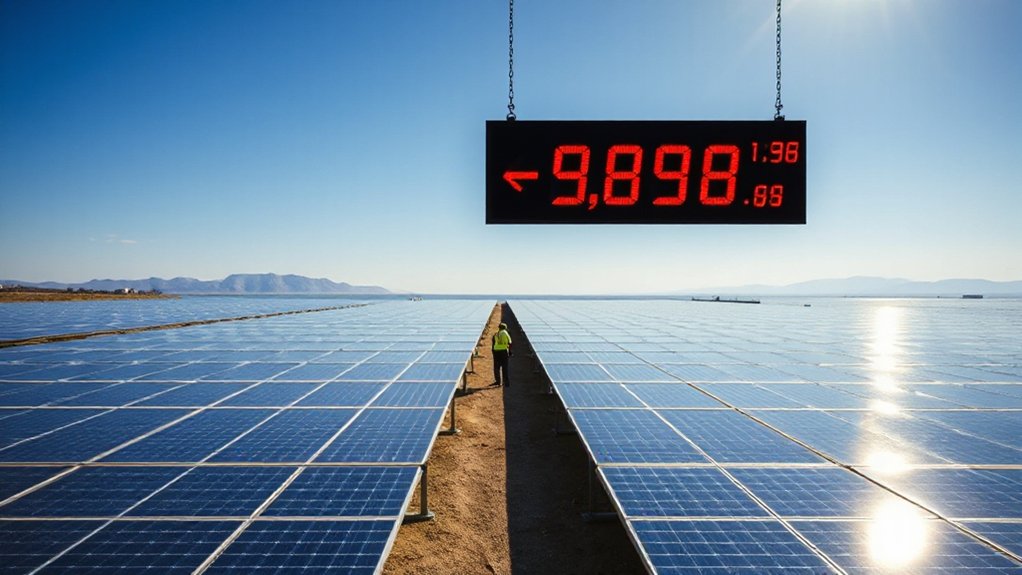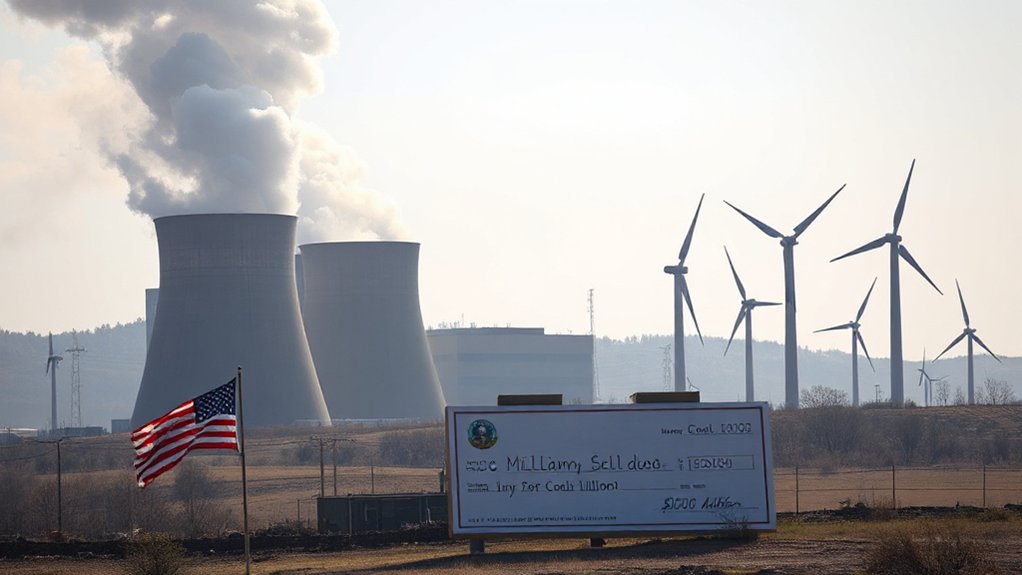During Donald Trump’s presidency from 2017 to 2021, his administration systematically dismantled climate science programs across the federal government. The changes started with removing and reassigning scientists from key positions. The U.S. Geological Survey lost over 150 scientists, while the EPA saw 672 scientists leave—a 6% decline in their scientific workforce.
The administration didn’t stop there. A June 2019 Executive Order required agencies to eliminate at least one-third of their scientific advisory committees. Nine committees across Commerce, Energy, Interior, and the EPA were terminated. Others were suspended or changed without official notice.
Industry representatives replaced independent scientists on many committees. Some new members lacked the right expertise for their roles. The EPA’s particulate matter advisory committee publicly stated it didn’t have enough expertise after these membership changes.
Trump’s cabinet appointees often dismissed the scientific consensus that human activities cause climate change. Many had direct ties to fossil fuel companies, raising questions about conflicts of interest. The Trump administration embraced energy realism that favored continued reliance on fossil fuels which still account for over 80% of global energy needs. The administration’s policies focused on expanding oil, gas, and coal production while rolling back environmental rules. By the end of Trump’s term, the administration had rescinded 98 environmental rules and regulations, with 14 more rollbacks still in progress.
On March 28, 2017, Trump signed an executive order directing the EPA to rewrite or rescind major rules limiting U.S. carbon emissions. He praised the coal industry during the announcement. The order stated climate policies shouldn’t put American jobs at risk, placing economic concerns above environmental protection.
The administration worked to repeal the Clean Power Plan and other Obama-era emissions regulations. Officials framed climate policies as harmful to energy companies and jobs. Rules targeting air pollution and automobile emissions standards were delayed, weakened, or reversed.
Perhaps most notably, the administration tried to repeal the EPA’s endangerment finding. This legal document allows the EPA to regulate greenhouse gases under the Clean Air Act. The effort relied on legal arguments rather than scientific evidence. The Department of Justice and Office of Management and Budget helped draft the repeal strategy. The endangerment finding originated from the 2007 Supreme Court ruling in Massachusetts v. EPA, which established the EPA’s authority to regulate greenhouse gases.
If successful, repealing the endangerment finding would’ve eliminated nearly all federal greenhouse gas regulations. It would’ve removed the legal foundation for national climate policy. Critics within the administration called it the “holy grail” of deregulation.
References
- https://pmc.ncbi.nlm.nih.gov/articles/PMC8793038/
- https://en.wikipedia.org/wiki/Environmental_policy_of_the_first_Donald_Trump_administration
- https://www.politico.com/news/2025/07/23/trump-federal-law-greenhouse-gas-limits-00469911
- https://www.brookings.edu/articles/what-is-the-trump-administrations-track-record-on-the-environment/
- https://www.americanprogress.org/article/the-trump-administrations-retreat-from-global-climate-leadership/









